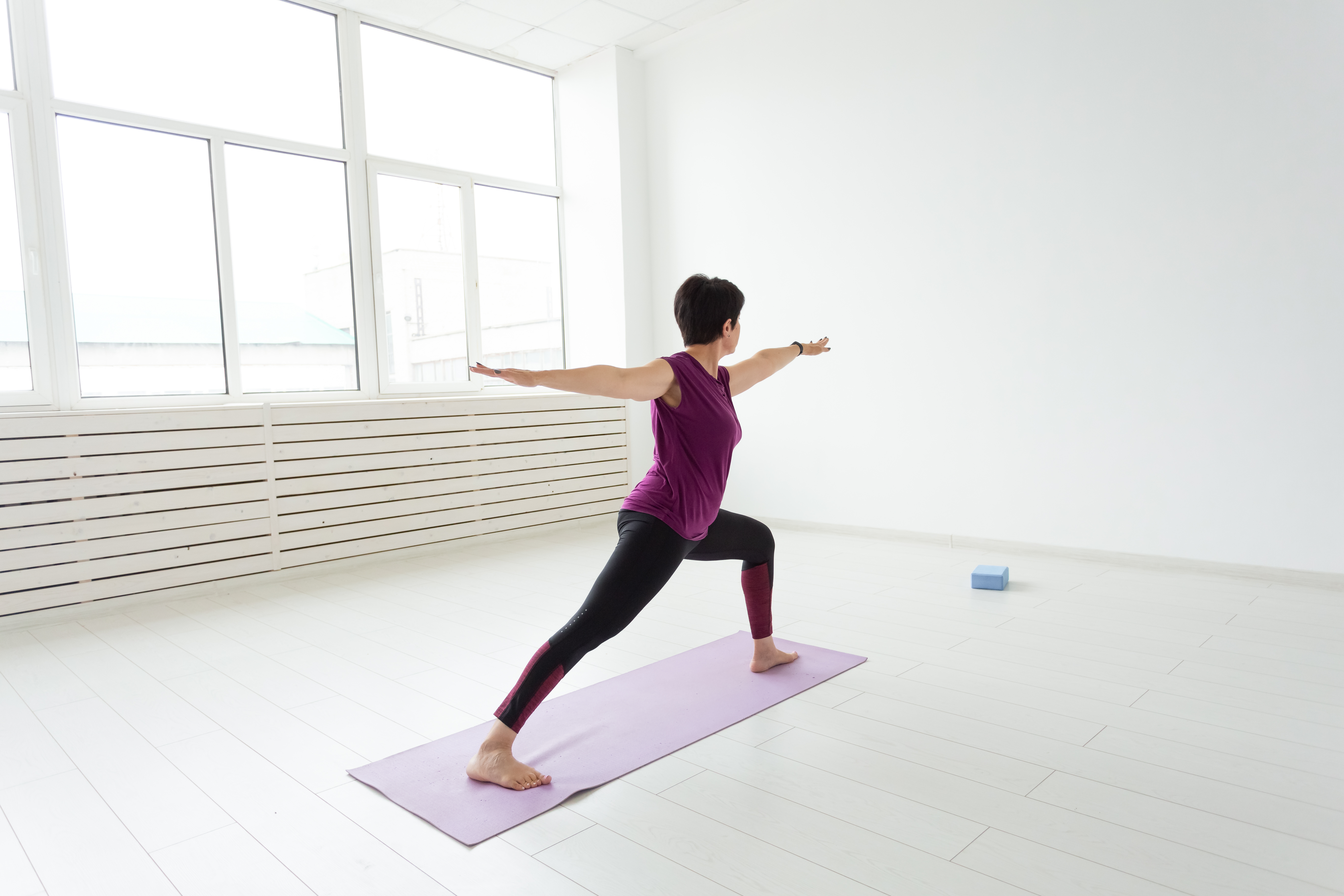26 Simple Strength Habits That Slow Aging After 50
Aging isn’t about fading—it’s about fortifying. After 50, strength becomes more than a fitness goal—it’s your secret weapon for staying independent, energetic, and fully alive. Forget the myths of slowing down or “taking it easy.” Real vitality comes from simple, sustainable habits that keep your muscles engaged, your posture proud, and your confidence unshakable. That’s why we’ve expanded our guide to 26 Simple Strength Habits That Slow Aging After 50—practical, science-backed moves that fit into your real life, not a gym schedule. These aren’t intense workouts or trendy fads. They’re small but powerful shifts you can make daily to preserve muscle, protect your joints, and keep your body sharp for the long haul. Whether you’re just getting started or refining what already works, this list is your blueprint for aging with intention and strength. Because growing older doesn’t mean giving in—it means powering up, one strong habit at a time.
1. The Power of Consistent Resistance Training

Resistance training is a cornerstone of maintaining strength and muscle mass as we age. After 50, muscle loss accelerates, potentially leading to decreased mobility and increased risk of falls. Incorporating resistance training into your routine can counteract these effects, preserving muscle strength and enhancing bone density. This doesn't mean you need to lift heavy weights; even bodyweight exercises like squats, lunges, and push-ups can be highly effective. Consistency is key. Aim for at least two to three sessions per week, focusing on all major muscle groups. Resistance training not only strengthens muscles but also improves metabolic health, reduces the risk of chronic diseases, and boosts mental well-being. By committing to this habit, you're investing in a stronger, healthier future.
2. Flexibility and Balance: The Unsung Heroes

While strength is crucial, flexibility and balance are equally important in the aging process. As we age, our muscles and joints naturally become less pliable, increasing the risk of injury. Incorporating activities like yoga or tai chi can significantly enhance flexibility and balance, reducing the likelihood of falls and improving coordination. These practices also offer mental health benefits, such as stress reduction and improved focus. Flexibility exercises should be performed regularly, ideally every day, to maintain joint health and prevent stiffness. Balance exercises, such as standing on one leg or heel-to-toe walking, can be easily integrated into daily routines. By prioritizing flexibility and balance, you create a foundation for a more agile and resilient body.
